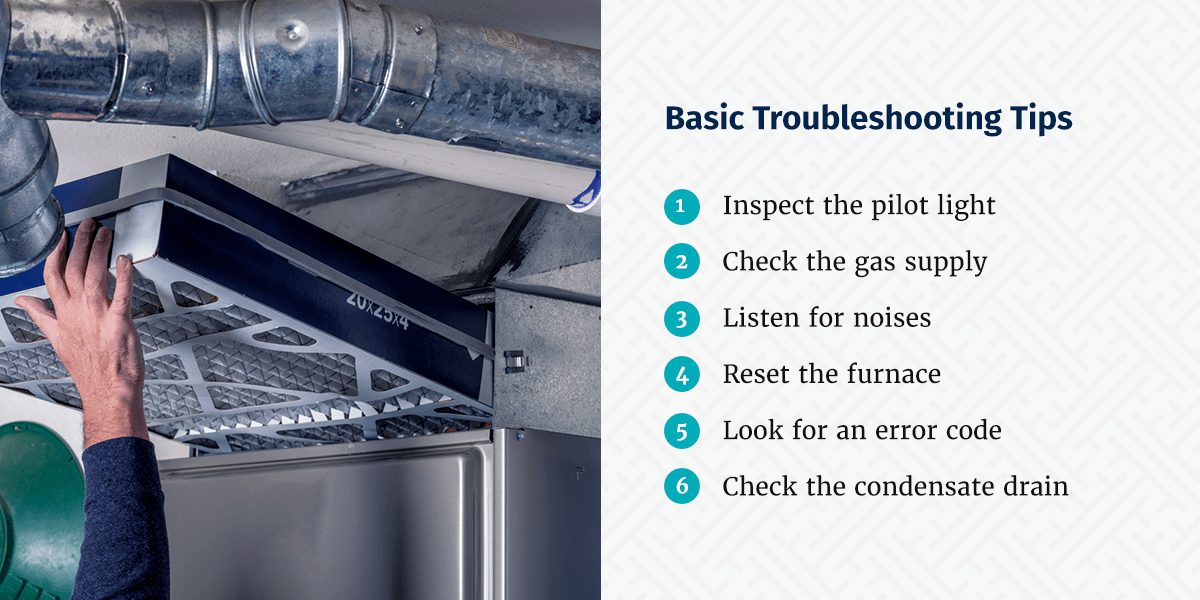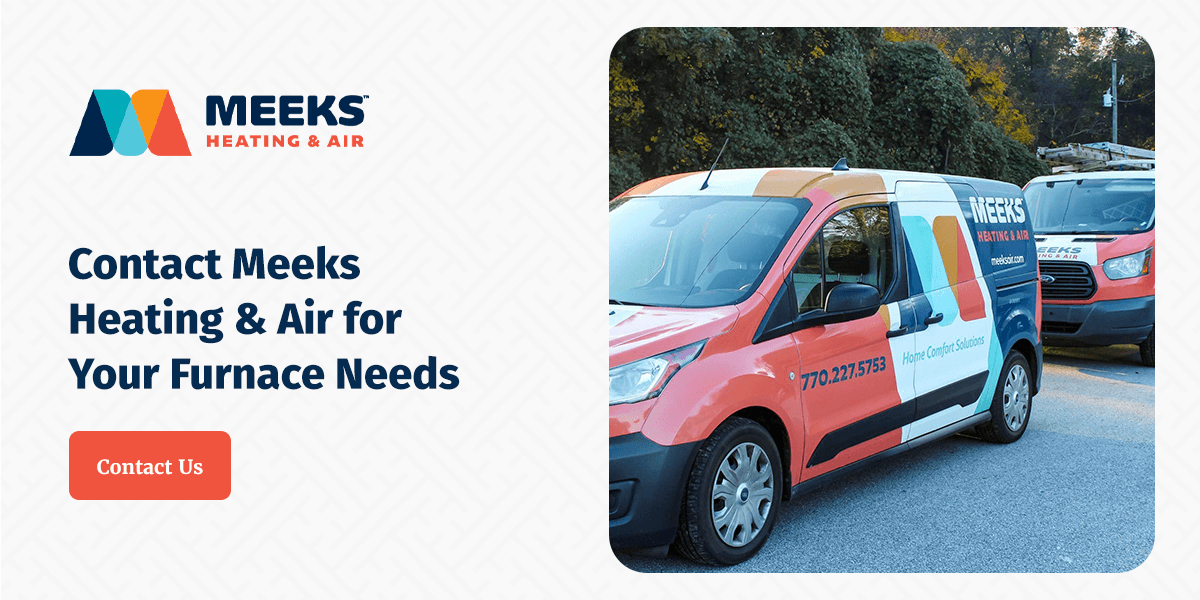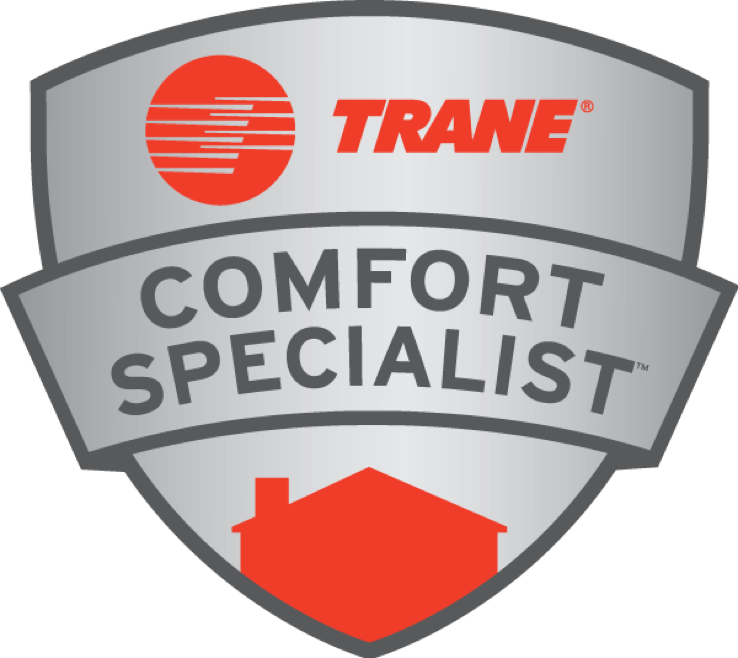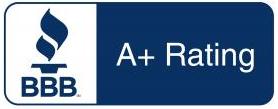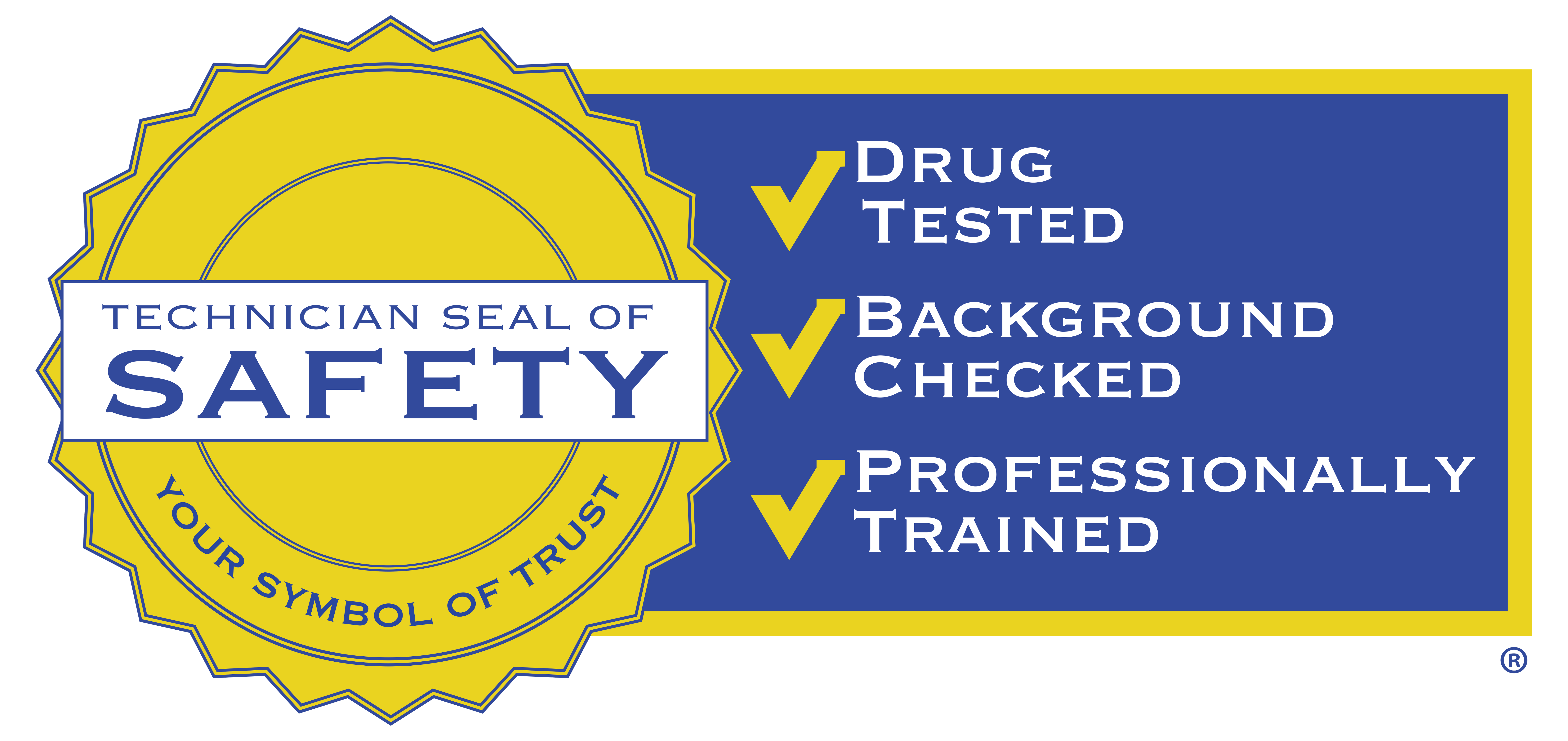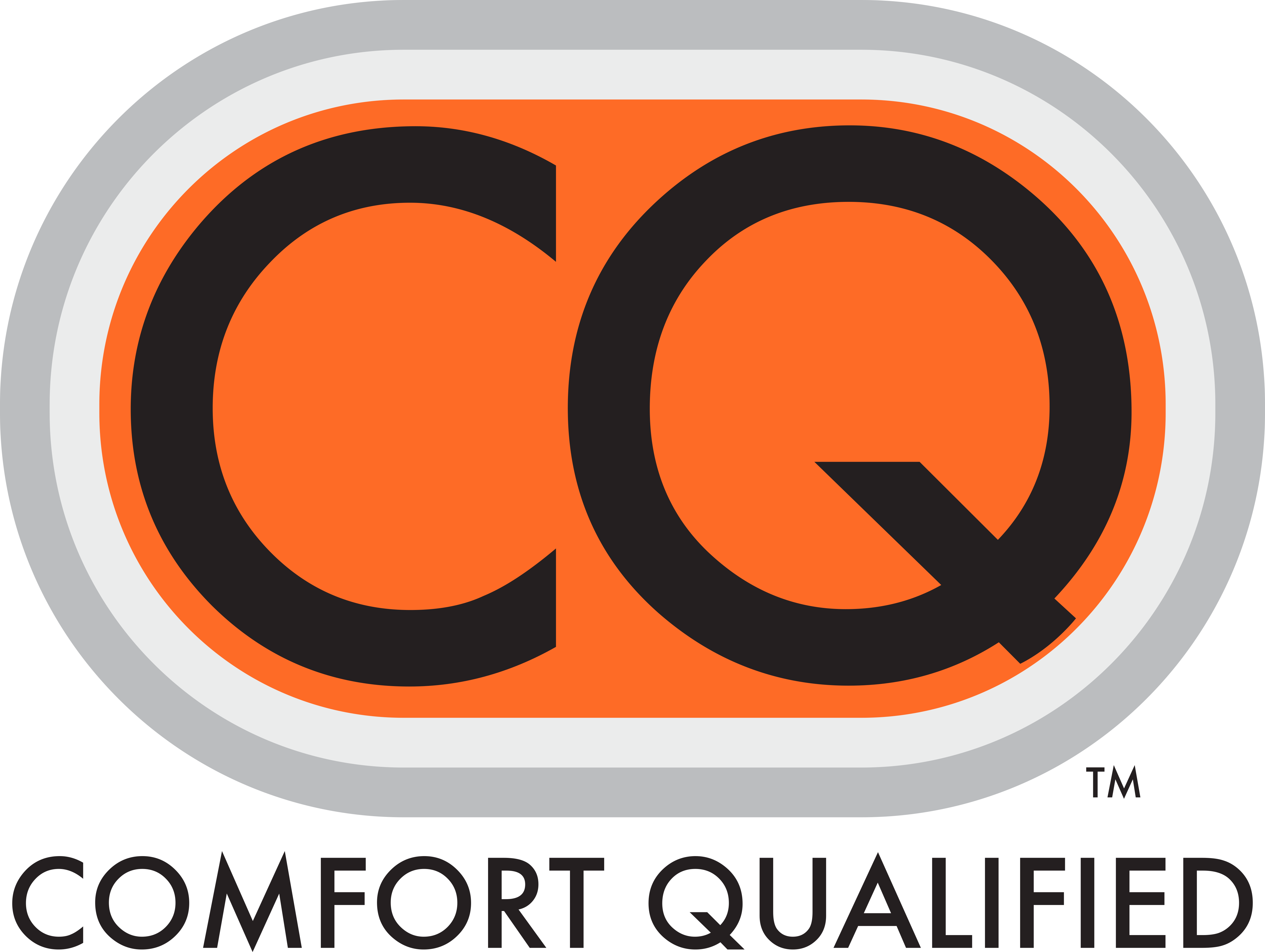What to Do When Your Furnace Stops Working
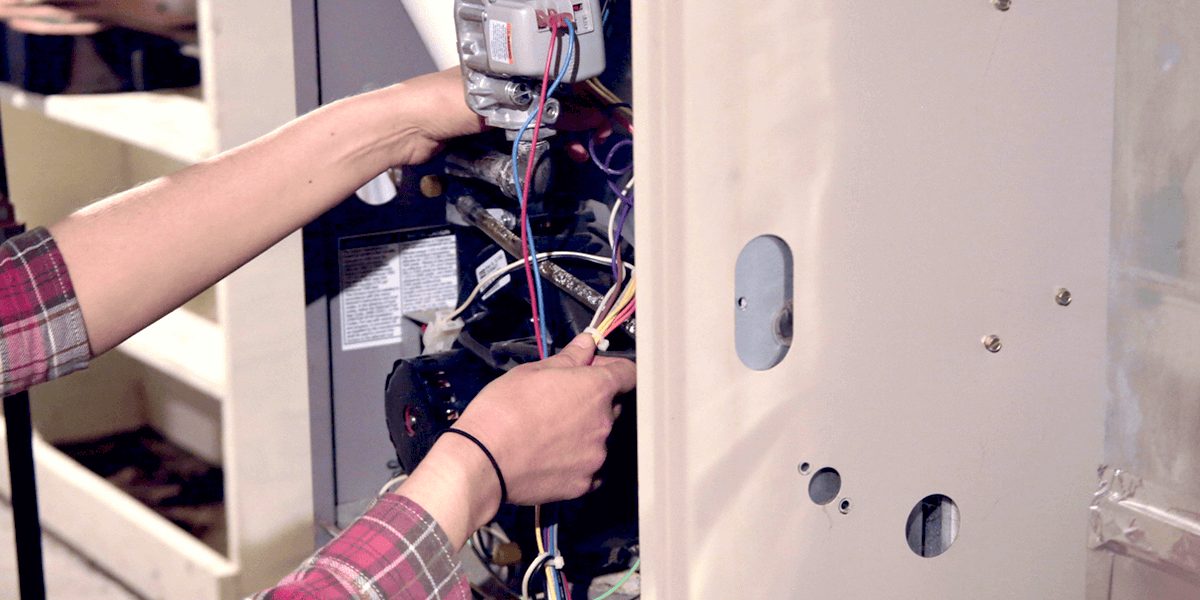
Furnaces are popular across many households, as evidenced by the 3.35 million gas units shipped to the United States in 2020. For some, a furnace is convenient, allowing them to heat their homes to their ideal temperatures. For others, it’s necessary to ward off incredibly cold weather. Regardless of which category you fall into, you will likely agree on one thing — it’s frustrating when your furnace stops working.
Fortunately, this post will share some simple steps to get your unit up and running.
1. Check the Power
Checking the power may be an instinctive first step when an appliance stops working, but if you live somewhere that rarely gets power interruptions, the thought might not even pop into your head.
Since a quarter of U.S. households have experienced power outages in the past year, your furnace may not be functioning. However, even if your other appliances are working, it could still be an electrical issue only affecting your furnace. Perhaps a circuit breaker or fuse blew, or someone accidentally switched off the unit’s power supply.
Either way, checking the electricity supply is a quick first step. If that’s the issue, you can restore the power if it’s as simple as flicking a switch. Call an electrician if it’s a more severe problem, or wait for the power to be restored if it’s a significant outage. If it’s not an electrical problem, you can eliminate this option.
2. Look at the Thermostat
If you’ve established your power isn’t the issue, perhaps your thermostat is. Again, someone might have accidentally switched it off. Or, maybe it’s not turned to the “heat” setting, in which case you can turn it back and your furnace should work as normal.
Another common thermostat issue is a flat battery. If you’ve tried all of the above without success, and it’s been a while since you’ve replaced the thermostat battery, try inserting new ones to see if that makes a difference.
3. Clean the Filters
Dirty furnace filters could cause a furnace to malfunction. If your appliance is working but not heating up as much as usual, the filters’ buildup might be blocking airflow, leading to inefficient heating. It could also cause the furnace to overheat, resulting in other problems.
Inspect your filters to determine how dirty they are, and replace them if they have excessive dust or dirt. Even if your furnace has stopped working for another reason, you should regularly replace your filters so your unit consistently works well.
4. Inspect the Air Ducts
You might notice your furnace seems to be working, but not as well as it should. If certain parts of your house are colder or warmer than others, your air ducts could be the culprit.
Here’s what to do when inspecting your air ducts:
- Ensure the dampers are fully open, allowing maximum airflow.
- Check if something is blocking the air duct.
- Look for any leaks.
- Inspect ductwork for any unsealed gaps.
Basic Troubleshooting Tips
If your furnace stops working, let’s look at 6 essential troubleshooting tips to try if these solutions don’t work:
- Inspect the pilot light: In older furnaces, pilot lights ignite gas burners. If the light is off, it might be why your unit isn’t working. The manufacturer’s manual should have steps to switch it back on.
- Check the gas supply: If you have a gas furnace, ensure there’s a gas supply and the valve is open. The problem may be as simple as the gas running out. However, clear the house and contact your gas provider if you notice signs of a gas leak, like a sulfur smell.
- Listen for noises: Your furnace might be working but making strange noises. Listen for grinding or banging sounds, as these could indicate mechanical problems.
- Reset the furnace: Newer furnaces often have a reset button. Consult your user manual to locate the button and see if that solves the problem.
- Look for an error code: Furnaces with digital displays may have error codes. Refer to the manual to see what a specific code means and how to troubleshoot it.
- Check the condensate drain: Your condensate drain might be blocked, causing the furnace to stop working. Inspect the drain and unclog it if needed.
Call a Technician
While getting your furnace up and running again might be as simple as switching it on, that’s not always the case. For more serious issues, professional assistance is best.
Even if you do determine that it’s a minor issue with the filter or air duct, hiring a technician may be ideal, especially if you don’t have the experience to fix a broken furnace.
Some other benefits of professional furnace repairs include:
- Increased safety: Both gas and electrical furnaces can be dangerous, especially when incorrectly handled. If you attempt repairs, you could injure yourself without the necessary safety precautions or knowledge. A professional can handle these appliances correctly and safely.
- Staying within your warranty: Your warranty or insurance may require professional services to repair your furnace. If you do it yourself, your warranty might be void.
- Preventing further damage: Another risk of attempting to fix your furnace is that you could accidentally do more damage in the process. Letting the experts handle it is safer.
- Comprehensive furnace services: While they are there, your technician may perform an overall service and inspection to determine whether your furnace has other potential problems.
- Professional advice: If your furnace’s problem was easily preventable, your technician might advise you on how to stop it from happening again.
What to Do While You Wait
Depending on when you notice your furnace is broken and when you schedule a repair appointment, you may go a few hours or even days without a functioning furnace.
If the temperatures are moderate, this might not affect you too much. However, if it’s incredibly cold and you rely on your furnace to keep the house warm, you may need to find alternative solutions. Fireplaces and heaters are excellent ways to keep the cold at bay until repairs are completed. Cutting the power supply or gas may also be wise until a professional has confirmed it’s safe.
Contact Meeks Heating & Air for Your Furnace Needs
At Meeks Heating & Air, we combine the expertise and professionalism you’d expect from a large enterprise with the personal attention often associated with small family businesses. When you select us to repair your furnace, you can rest assured it is in good hands.
You can call us at 470-622-8901 or contact us online for more information on how we can assist.
